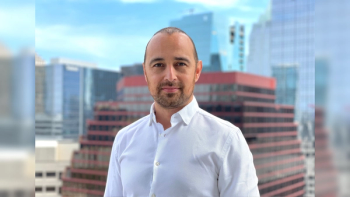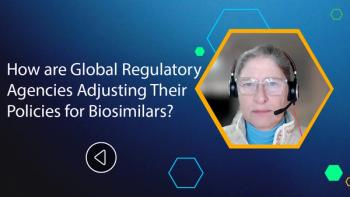
NIDA announces abuse initiative
The National Institute on Drug Abuse and several national organizations have announced a public health initiative to raise awareness about recent trends in the misuse and abuse of prescription drugs in the United States.
"While prescription drugs can relieve a variety of medical problems and improve the lives of millions of Americans, they can be dangerous, addictive and even deadly when used non-medically," said NIDA Director Alan I. Leshner. "An estimated four million people aged 12 or over used sedatives, stimulants, tranquilizers or opioids for non-medical reasons in 1999."
Joining with the NIDA are the American Association of Retired Persons, the American Academy of Family Physicians, the American Pharmaceutical Association, the National Association of Chain Drug Stores, the National Community Pharmacists Association, the National Council on Patient Information and Education, and the Pharmaceutical Research and Manufacturers of America.
Research suggests that more than 17% of adults over 60 may be affected by prescription drug abuse. New prescription drug abuse has dramatically increased among young people 12 to 25 years old, and in a 1999 survey, 12- to 14-year-olds named psychotherapeutics, such as painkillers, sedatives and stimulants, as some of their more frequently used drugs. Overall, men and women use prescription drugs non-medically in equal numbers.
"Attention must now be paid to the long-neglected area of prescription drug abuse," said Joseph H. Autry III, acting administrator, Substance Abuse and Mental Health Services Administration. "There is no typical abuser. Medical personnel must use every opportunity to screen and educate all of their patients."
As part of this effort, the NIDA and its partners are releasing a research report that highlights the health consequences of prescription drug misuse and abuse.
In addition to the research report, the NIDA is distributing 400,000 postcards with messages about the dangers of prescription drugs. The cards are available in restaurants, book stores, clubs, record stores, coffee shops, gyms and other stores in several major cities and at college campus locations nationwide. PR
Newsletter
Lead with insight with the Pharmaceutical Executive newsletter, featuring strategic analysis, leadership trends, and market intelligence for biopharma decision-makers.





